Life Energy Beliefs
I
Life Force Ideas Around the World
Here are the I entries of life energy beliefs around the world and from antiquity to the present. An edited and expanded version of this Life Energy A to Z is published in my book
Life Energy Encyclopedia.
I
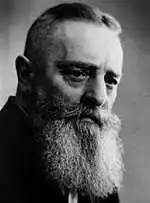
Implosion energy is a theory from the beginning of the 20th century by the
Austrian forester Viktor Schauberger (1885-1958). He studied nature,
especially water, and found a constantly returning movement – spiral
toward a midpoint. This implosive force, conserving the system's energy,
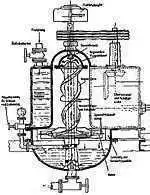 he saw as an expression for an underlying formative force (see this
expression), which attracts matter, from the microcosm to whole galaxies.
He also claimed to be able to transform water, by spiral movements, into
combustion fuel.
he saw as an expression for an underlying formative force (see this
expression), which attracts matter, from the microcosm to whole galaxies.
He also claimed to be able to transform water, by spiral movements, into
combustion fuel.
Imponderabilia (Latin for 'unweighable') has in the European tradition
been used as a term for substances and phenomena that have not been
possible to measure in weight or width, such as light, heat, magnetism,
and electricity – or more generally, unexplainable natural phenomena.
Inebriation either by drugs or as a temporary state of mind caused in
some other way, is well-known in most – if not all – human cultures. Many
rituals have it as an important ingredient, sometimes caused by drugs and
sometimes by intense physical activity, such as dancing, music, or other
strenuous activity, often over a long period of time. Among shamans, it is
a way to enter an altered mental state, which opens for visions and other
extraordinary sensitivity. It exists in most religions as a way of devotion,
and of experiencing the divine. It can often be described as a method of
increasing the life force level or flow, bringing about the sense of
inebriation, although the aim might be another one. This state of mind is
similar, if not identical to ecstacy and euphoria (see these words).
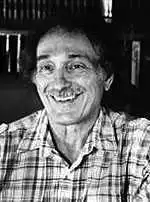
Inergy is a term for intelligent control of energy, introduced by the
American neurophysiologist Andrija Puharich (1918-1995), who in the
beginning of the 1970s studied the disputed psychokinesis of Uri Geller
(1946-). Puharich also introduced the concept psi plasma (see this
expression).
Inspiration (from the Latin spirare, breathe) is the term for an experience
that comes close to that of the life energy qi. It is an uplifting feeling, almost like
inebriation, which is expressed through creativity. The connection to
breathing is evident – inhalation in particular. As inhalation relates to
inspiration, exhalation does to the creative act. In Western tradition,
inspiration is something one is overcome with, or deserted by, out of
control by personal will. It is mainly expressed through artistic work and
religious experience. It can also be connected to devotion, where the
religious as well as the artistic expression is seen as a kind of worship of
creation and its eventual maker. See also ecstacy, euphoria, flow, and peak
experience.
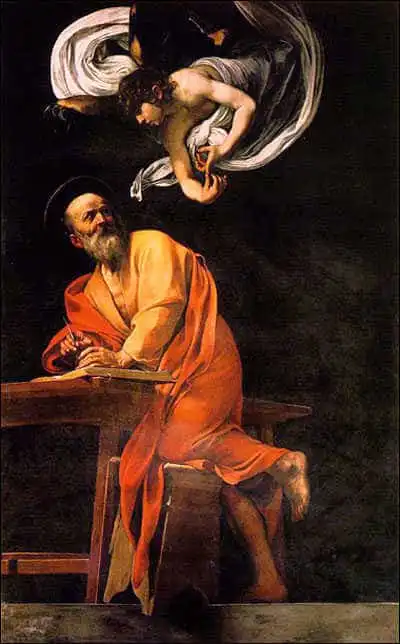
The inspiration of St. Matthew. Painting by Michelangelo Caravaggio, 1602.
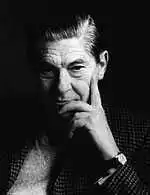
Integrative tendency is an expression introduced by the Hungarian
author Arthur Koestler (1905-1983) for the driving force in humans that
strives toward union with the surroundings into a greater whole –
contrasting to the individual sense of being unique and complete in
oneself. Koestler compared it to the two sides of the Janus face, which to
him represented the extroverted and introspective sides of humans. The
sum of the inner and the outer is holon, the whole human. The integrative
tendency is sometimes mentioned as a synonym to life energy such as qi, which is not
accurate.
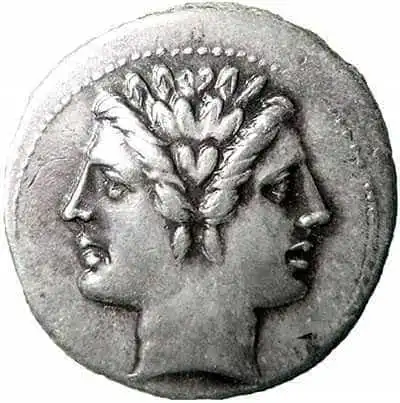
Two-faced Janus. Roman coin. See Integrative tendency.
It, the (in German das Es) is a term introduced in 1923 by the German
physician Georg Walther Groddeck (1866-1934) for the unconscious, which
he regarded as controlling the human, and being the cause to human
diseases. Sigmund Freud (1856-1939), who was in frequent contact with
Groddeck, made use of the concept, but with the name id (from the Latin
idem, meaning approximately 'the same') and a slightly different
definition. Groddeck's 'It' is sometimes mentioned as a synonym to life energy such as qi,
which is doubtful.
Itz is the word among the Maya Indians for a sacred essence in humans, a
floating life force connected to bodily fluids like blood, tears, breast milk,
and semen. It also means flower nectar. The word is part of the name
Itzamna, the deity who according to legend introduced cacao, and
ascertains that the power itz flows from the world of the deities to that of
the humans. Itzam means “one who works with itz” and was what the
Maya called their shamans. Today itz is used as a word for witch. See also
ch'ulel.
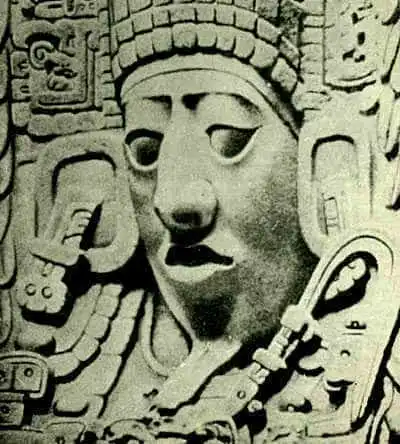
The deity Itzamna.
Life Energy Beliefs from A to Z
|
My Life Energy Books
Qi, prana, spirit, ruach, pneuma, and many other life forces around the world explained and compared. Click the image to see the book at Amazon (paid link).
The life energy qi (also chi or ki) explained, with several very easy exercises to awaken, increase, and use it. Click the image to see the book at Amazon (paid link).
|
My Other Websites
The ancient Chinese life energy
qi (
chi) explained and how to exercise it.
Creation stories from around the world, and the ancient cosmology they reveal.
What the Greek philosophers believed about the cosmos, their religion and their gods.
Taoism, the ancient Chinese philosophy of life explained. Also, the complete Tao Te Ching online.
Other Books of Mine
The Greek philosophers and what they thought about cosmology, myth, and the gods.
Click the image to see the book at Amazon (paid link).
This book examines Jungian theories on myth and religion, from Carl G. Jung to Jordan B. Peterson.
Click the image to see the book at Amazon (paid link).
The Taoism of Lao Tzu Explained. The great Taoist classic, translated and extensively commented chapter by chapter.
Click the image to see the book at Amazon (paid link).
Erroneous Tao Te Ching Citations Examined. 90 of the most spread false Lao Tzu quotes, why they are false and where they are really from.
Click the image to see the book at Amazon (paid link).
About me
I'm a Swedish author and historian of ideas, researching the thought patterns in creation myths. I've also written books about Taoism, the Tarot, and life force concepts around the world.
Click the image to get to my personal website.
 Cosmos of the Ancients
Cosmos of the Ancients Archetypes of Mythology
Archetypes of Mythology Tao Te Ching
Tao Te Ching Fake Lao Tzu Quotes
Fake Lao Tzu Quotes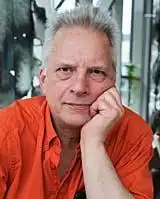 Stefan Stenudd
Stefan Stenudd
 he saw as an expression for an underlying formative force (see this
expression), which attracts matter, from the microcosm to whole galaxies.
He also claimed to be able to transform water, by spiral movements, into
combustion fuel.
he saw as an expression for an underlying formative force (see this
expression), which attracts matter, from the microcosm to whole galaxies.
He also claimed to be able to transform water, by spiral movements, into
combustion fuel.




 Life Energy Encyclopedia
Life Energy Encyclopedia Qi — Increase your life energy
Qi — Increase your life energy